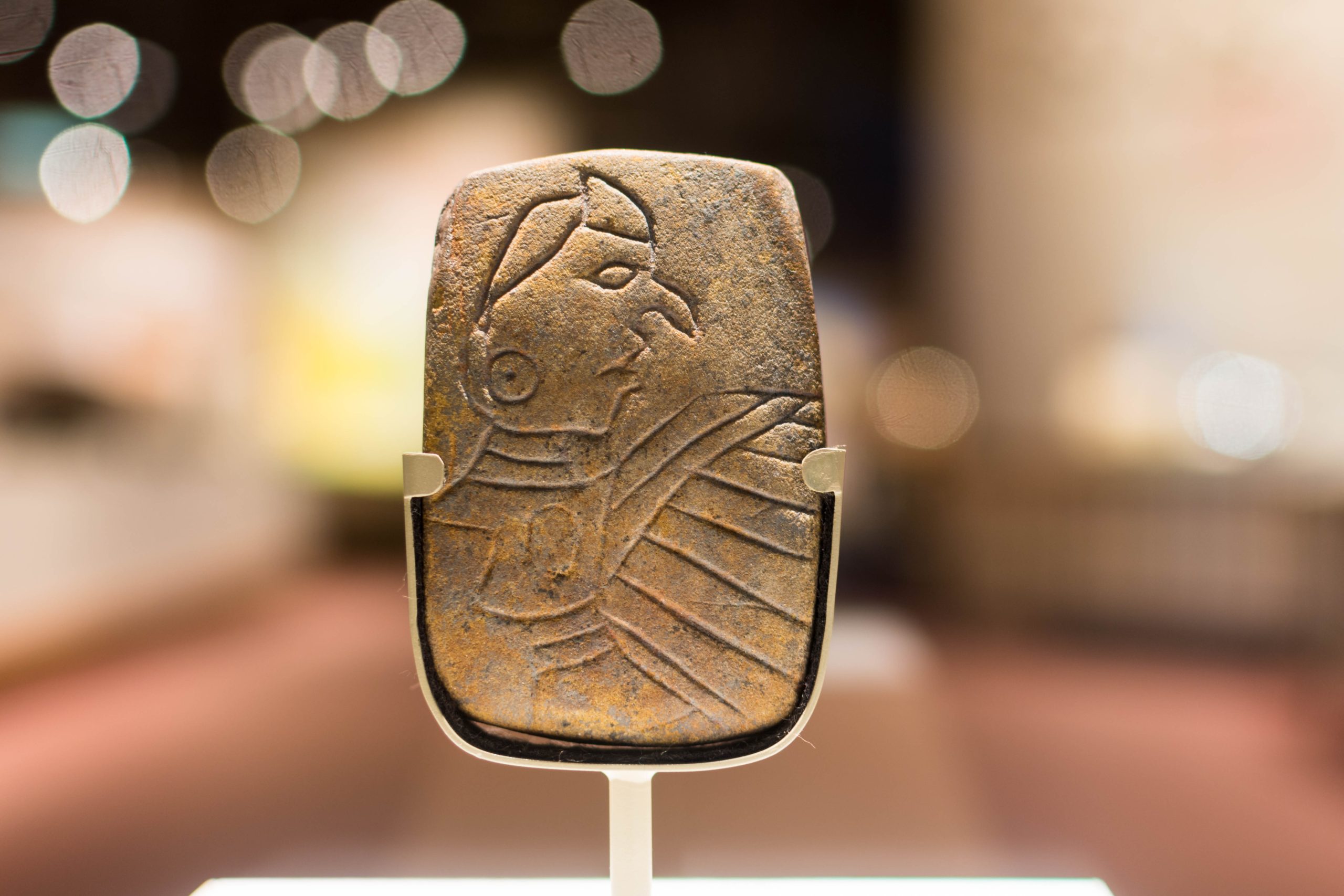The Mississippian culture, which thrived from 1050 to 1500 AD, is renowned for its mound-building achievements, particularly in the city of Cahokia, located in the American Bottoms near East St. Louis. This civilization’s spiritual and societal complexities are epitomized by a unique artifact: a small sandstone tablet depicting a figure in a bird costume, believed to represent an eagle or peregrine falcon. Discovered on the east side of Monk’s Mound in 1971, this tablet, dating back to 1300 AD, stands as the only complete example among similar finds. Its reverse side features a crosshatch design, possibly symbolizing snakeskin. Monk’s Mound, the largest in the Cahokia complex, is a testament to the city’s grandeur, once the largest north of Mexico. In recognition of its significance, Cahokia Mounds was designated a World Heritage Site in 1983, with the birdman tablet becoming a symbol of the site.
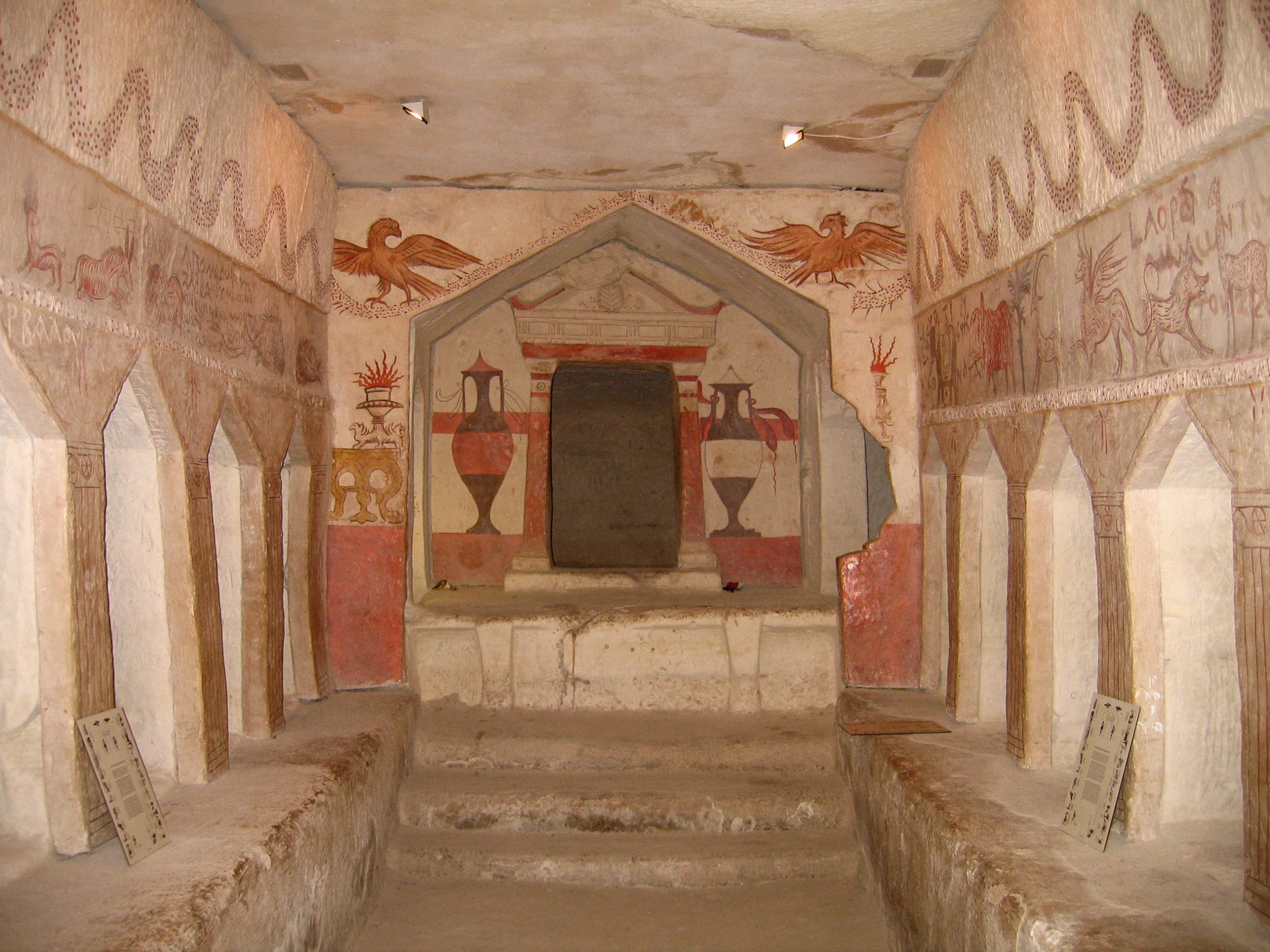
Beit Guvrin-Maresha National Park
Beit Guvrin-Maresha National Park, located 13 kilometers from Kiryat Gat in central Israel, is a site of significant historical and archaeological importance. Recognized by UNESCO as a World Heritage Site, the park encompasses a vast network of caves, alongside the remnants of the ancient towns of Maresha and Bayt Jibrin. It is important to note that while the park includes these historical towns, the UNESCO designation specifically pertains to the cave network.
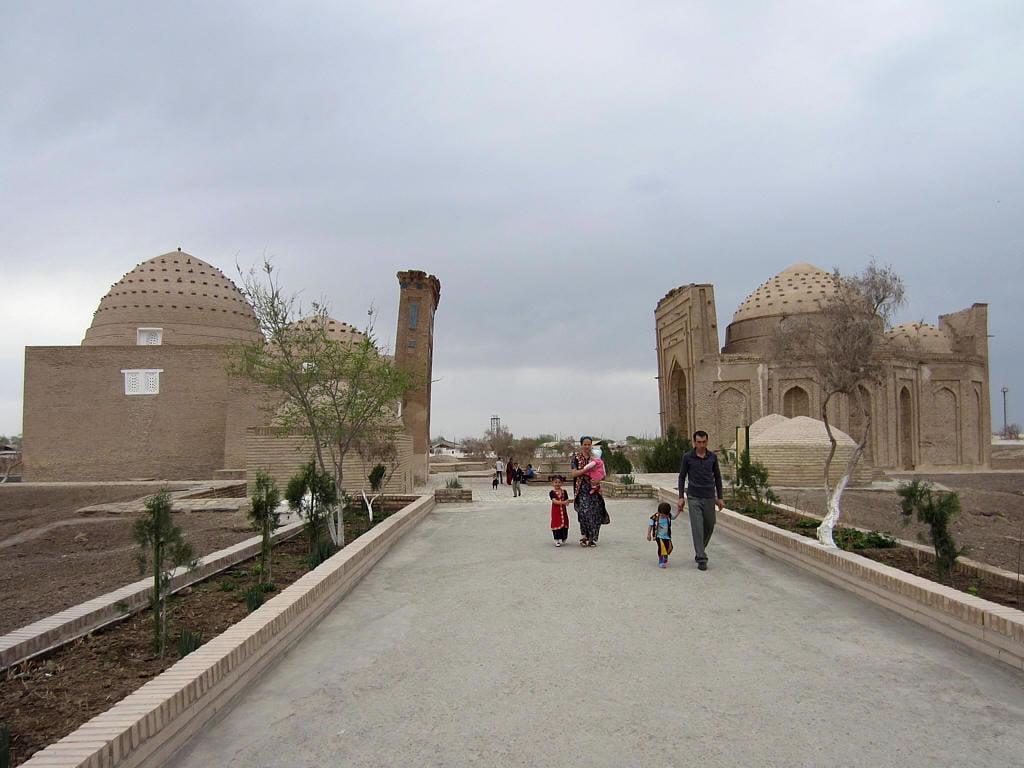
Najm al-Din Kubra Mausoleum
The Legacy of Najm ad-Din Kubra and His Mausoleum Najm ad-Din Kubra, a prominent 13th-century Khwarezmian Sufi, played a pivotal role in the development of Sufi metaphysics during his lifetime. Born in 1145 AD in Konye-Urgench, Kubra’s journey into Sufism began after his initial scholarly pursuits in hadith and kalam. His transformative Sufi journey commenced…
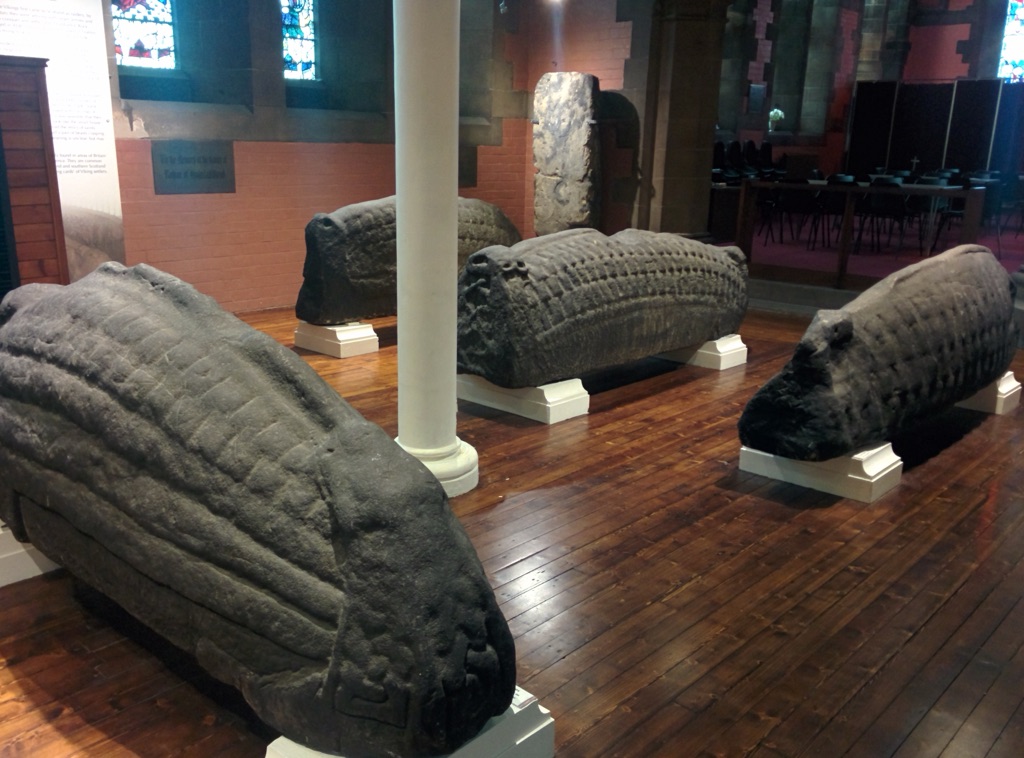
The Govan Stones
The Govan Stones, housed within Govan Old Parish Church in Glasgow, Scotland, represent a significant collection of early-medieval carved stones of international importance. This collection, originating from the churchyard of the same site, encompasses a variety of monumental sculptures including the unique Govan Sarcophagus, four standing crosses, five Anglo-Scandinavian hogbacks, and numerous recumbent burial monuments. These artifacts, predominantly dating from the 9th to the 11th centuries AD, offer profound insights into the religious, cultural, and political life of the period.
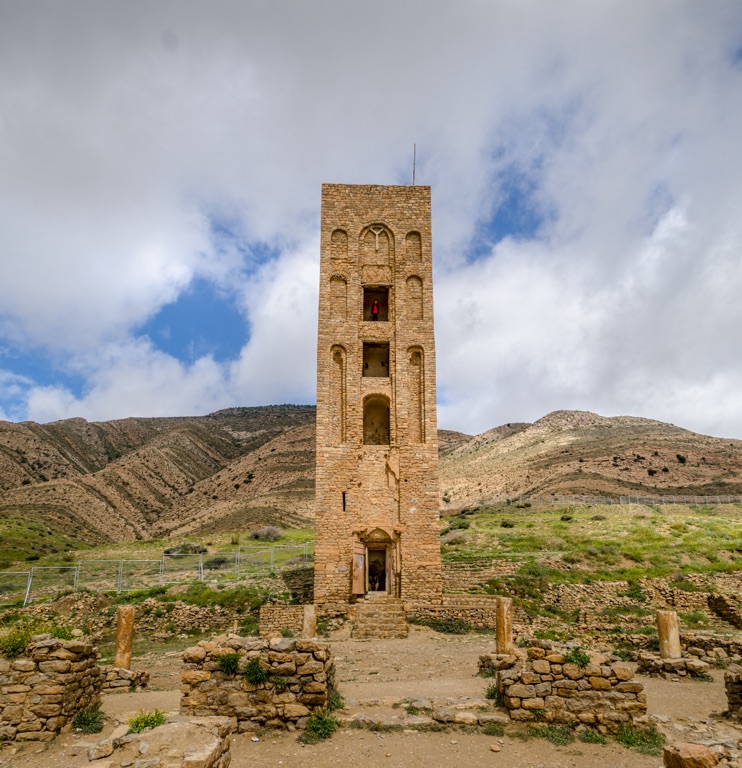
Qal’at Bani Hammad
Qal’at Bani Hammad, also known as the Qal’a of Beni Hammad, is a notable archaeological site located in Algeria. This fortified palatine city, now in ruins, was established in the 11th century AD and served as the inaugural capital of the Hammadid dynasty. Positioned in the Hodna Mountains northeast of M’Sila, at an elevation of 1,418 meters, the site benefits from the abundant water supply from the surrounding mountains. It is situated near the town of Maadid, approximately 225 kilometers southeast of Algiers, in the Maghreb region.
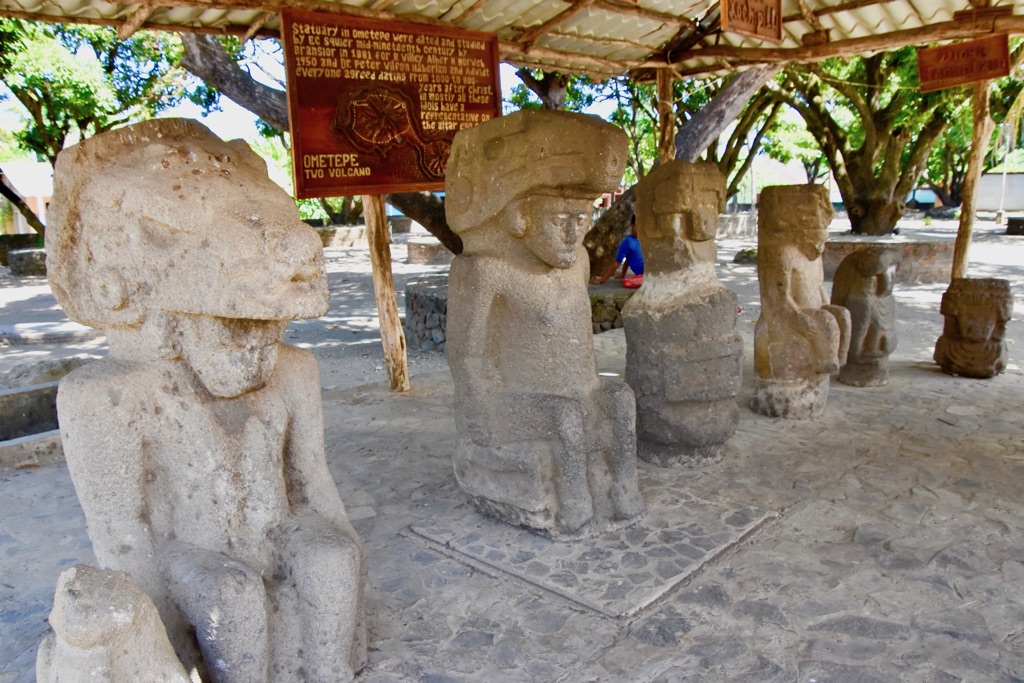
The Stone Statues of Nicaragua
The region of the great lakes of Nicaragua, particularly noted for its large stone statues, has long intrigued archaeologists. These statues, ranging in height from three to twelve feet, predominantly depict human figures, often male, and frequently in association with animal figures. The subject matter and stylistic elements of these statues raise significant questions about the cultural and artistic influences in ancient Nicaragua, as well as the connections with neighboring civilizations.

